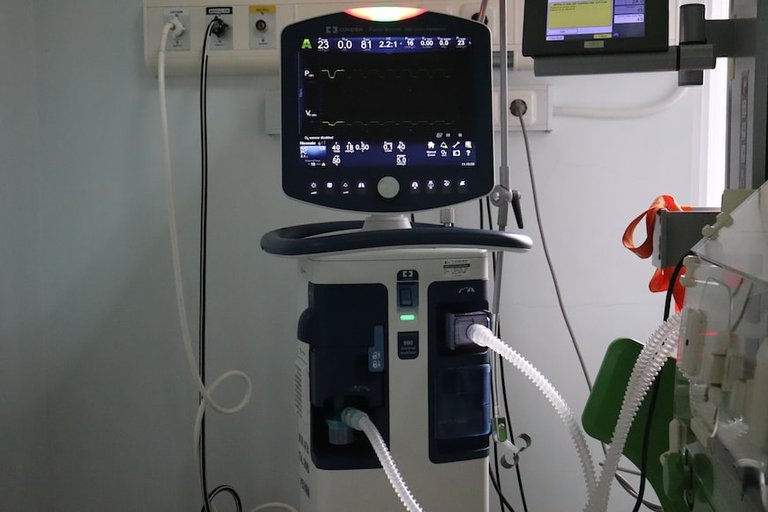In our country, every district, there are a couple of levels of government hospitals established from level-1 care (like primary care or community hospital) to tertiary level of care. Also, we do not have the system of insurance policies and staff regarding health care and maintenance unlike most of the other countries and west, but though recently in the big cities (such as in capital and other highly developed cities) the idea is getting familiarized yet it is still seems inconvenience to people to accept and understand this system.
So, here, for poor and middle class people, they go to the government hospitals and receive treatment. Many treatments including tests and medications are provided from the hospitals including a 3 courses of meal for the patient, however certainly that is to a certain degree. Otherwise, it is impossible to provide 100% to that huge population but still undeniably that is a huge help for the people regardless of their dissatisfaction. Then again, you can never make everyone happy all the time and it is a nature of man to take whatever they receive for free or out of kindness as granted and on top of that, complaining how little that is.
Anyhow, so obviously, the government hospitals are always overwhelmed with patients and constantly treating patients way beyond their capacity.
Let me tell you the extent of that with one example. The "medicine department" of the tertiary level hospital I studied during my graduation and worked as a student nurse has/had (at that time) approximately (to the best of my memory) more or less 40 beds in one word. There are several medicine warda and the day of the week were distributed for admissions in each department, for instance ward-34 will have admission 1 day, then ward-33 next day and gradually covering the whole week like this.

Source
So, precisely the staffing was allocated according to the capacity of the ward and the number of beds, which implied the number of patients you have to take care of, especially I am talking about the nurses.
On admission days, regardless of having the capacity of 30/40 beds in the ward, guess how many patients were admitted in that 24 hours span!
The number is minimum 130 patients and sometimes goes upto maximum on average 160-180 patients, and once I had experience of seeing admitting 202 patients!
The patient was given an old blanket when the bed capacities for the patients ran out. They will lay the blanket on the floor beside the beds and when there will be no place inside the ward at all, they will start beside the door and will continue to sit/lay wherever they find a small space to squeeze in. On the stairs, under the stairs, in the corridor, beside the gate, even in front of the bathroom, you name it, and we had to move the patient every time we went to the bathroom.
There were times, when I had to perform cannulation and provide injections or other procedures in the darkness, with mere muscle memory. Sometimes if lucky one of my fellows would accompany me to hold the mobile light for me or an attendance of that patient and if not some other attendance!!
It was (or perhaps still is a) an everyday catastrophe for the medicine ward, for each ward. Fortunately, the male and female wards were distinguished, otherwise I cannot dare to imagine what kind of a daily disaster it would have been.
Now, imagine amidst all these "usual illnesses", when there comes an unusual outbreak of some sort, what happens to the hospitals.
So, if you are from a family with limited budget, which the majority of the families in this country are, you cannot afford to seek a convenient treatment in the private hospitals.
All the contents are mine until mentioned otherwise.

